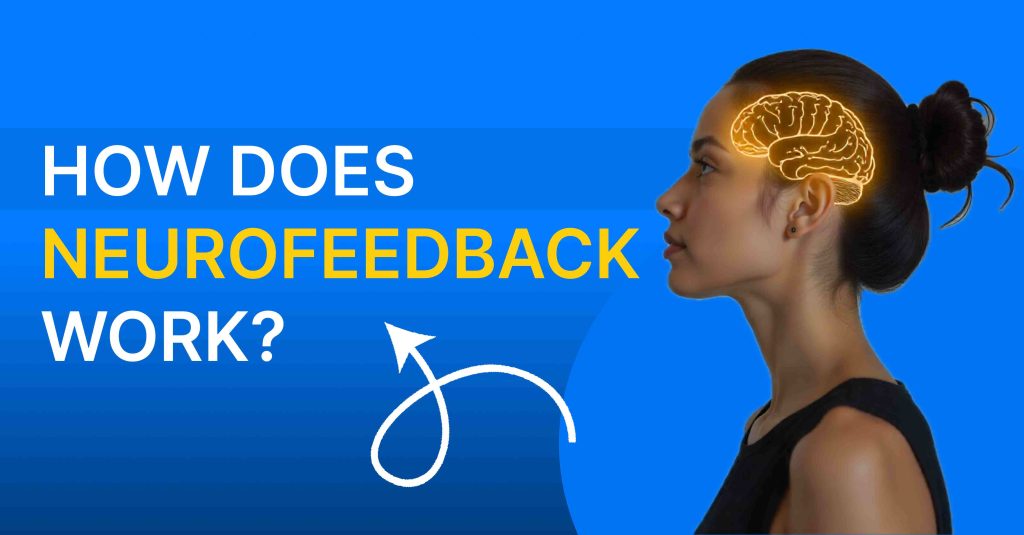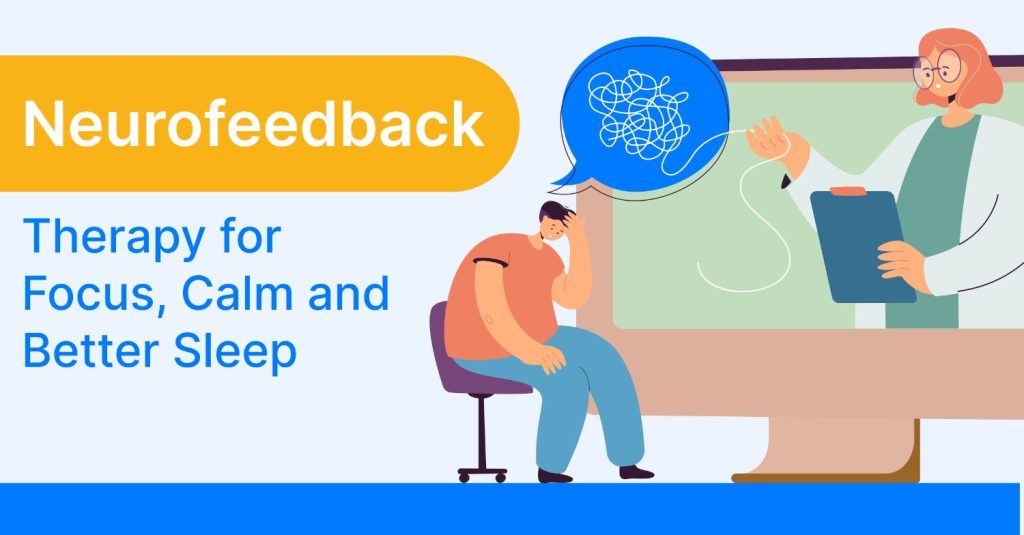What do people get by hurting themselves? Today, we understand the practice of self-harm in detail and what makes one engage in it.
Self-harm is a practice where people intentionally harm themselves by either cutting, injuring themselves, or going to the extreme extent of committing suicide. People suffering from trauma and depression often carry out this behaviour. To those suffering, it’s almost like a habit that they can’t control and to the other person, it’s a behaviour that shocks as well as disgusts them. To the outside world, the practice of self-harm is mind-boggling and rightfully so. Why would anyone intentionally cause themselves pain? This behaviour is far more complex than it appears and today, we take a look at it in detail.
Let’s start by looking at the types of self-harm.
- Cutting or scratching themselves severely
- Hitting themselves or banging their head against the wall
- Buring themselves
- Sticking objects into their skin
- Punching or banging into hard objects
- Swallowing poisonous substances
- Preventing wounds from healing
There are other less obvious ways in which people subtly engage in self-harm such as reckless driving, drinking too much, or taking drugs, and having unsafe sex.
Why do people harm themselves?
By hurting themselves, those suffering find a way of coping with a mix of emotions they are experiencing. People engage in this behaviour because of reasons such as:
- Coming to terms with feelings of sadness, guilt, hopelessness, self-loathing, rage, emptiness, etc.
- Using self-harm as a way to express emotions they are not able to otherwise.
- Hurting themselves in order to punish themselves as a result of feeling excessively guilty.
- Utilizing self-harm as a way of seeking help as they are not able to ask for it directly.
- Causing harm to themselves as a result of wanting to be in control of their feelings.
- Engaging in this behaviour to feel some emotion instead of numbness.
- Distracting themselves from the true emotions they are experiencing.
If not stopped, self-harming can turn addictive.
Self-harm is a vicious cycle where a person keeps hurting themselves due to the reasons mentioned above and the more harm they cause themselves, the better they feel. Even if they wish to break this cycle, they can’t.
Professional help such as counseling, therapy, etc., can help one manage and eventually get rid of their self-harming behaviour. And another effective and permanent means is that of brain training. This US, FDA-approved, and NASA inspired brain training technology not only eliminates mental illnesses such as anxiety, depression, trauma, etc. but also helps you overcome the emotional responses that come with it such as low self-confidence, low self-esteem, guilt, shame, emptiness, hopelessness, and more.
In people who engage in self-harm, the emotional responses take precedence over the actual mental illness. Therefore, if these feelings are managed, it would help those suffering, gradually get rid of their dependency to hurt themselves.
To learn more about Neurofeedback, click here.





